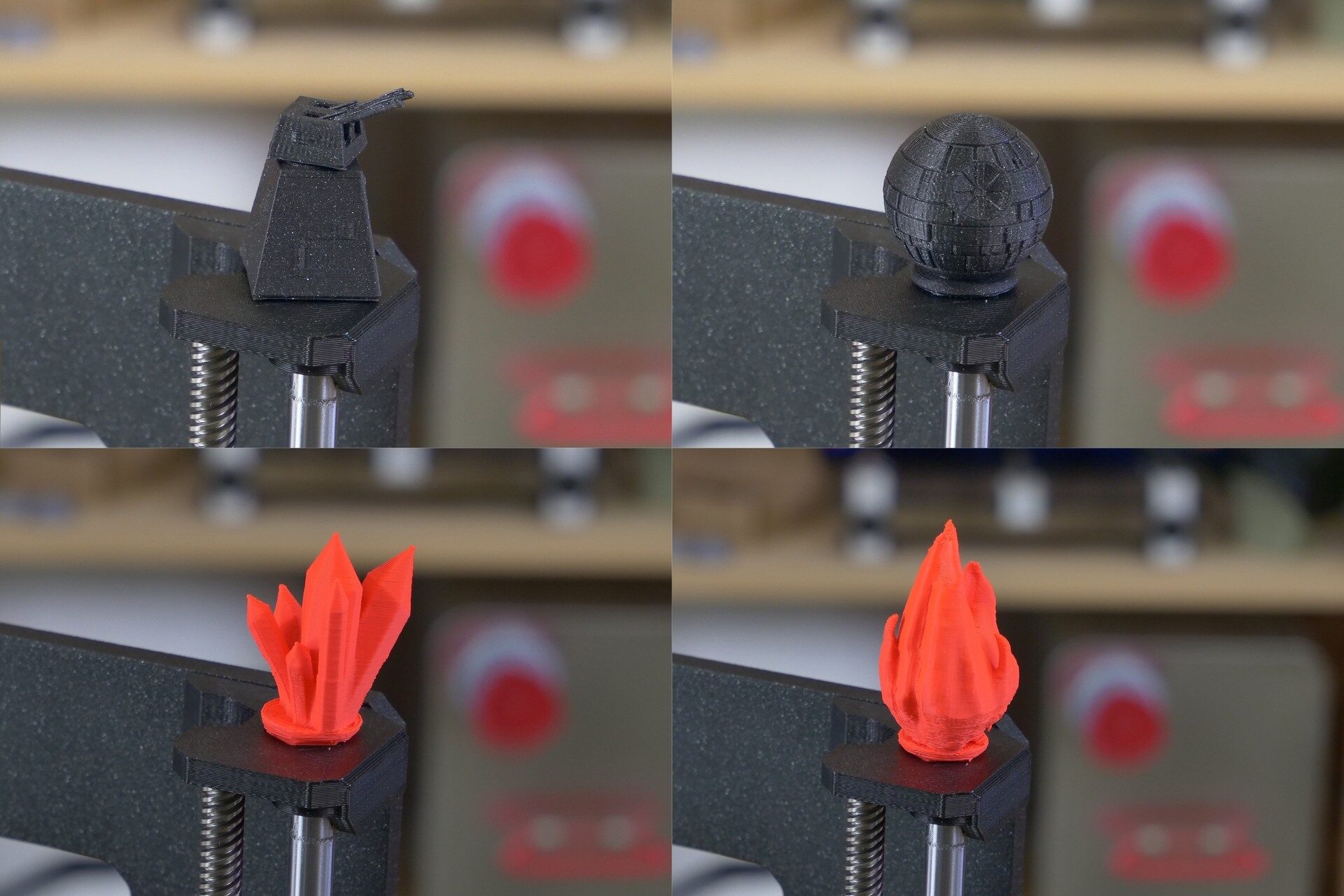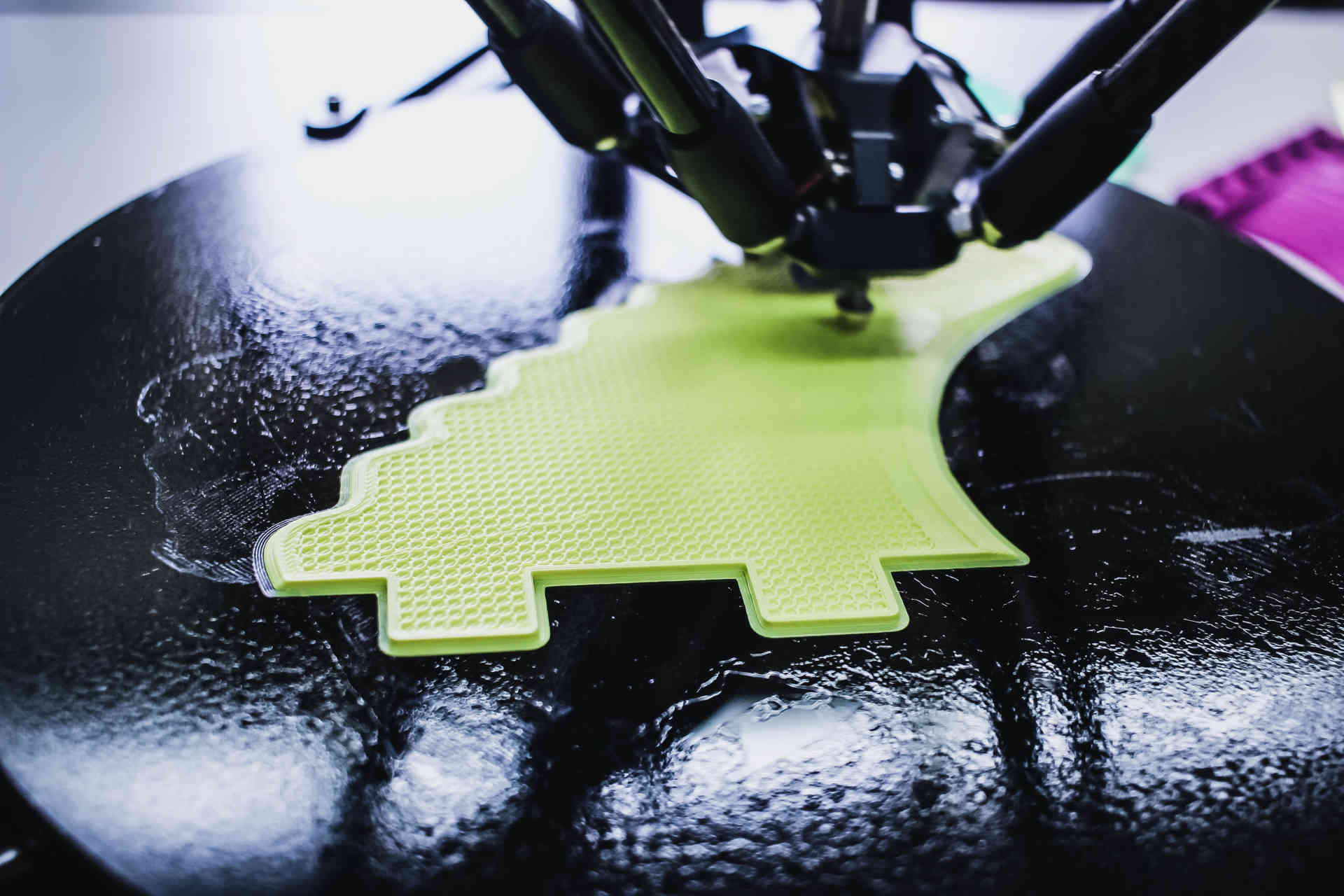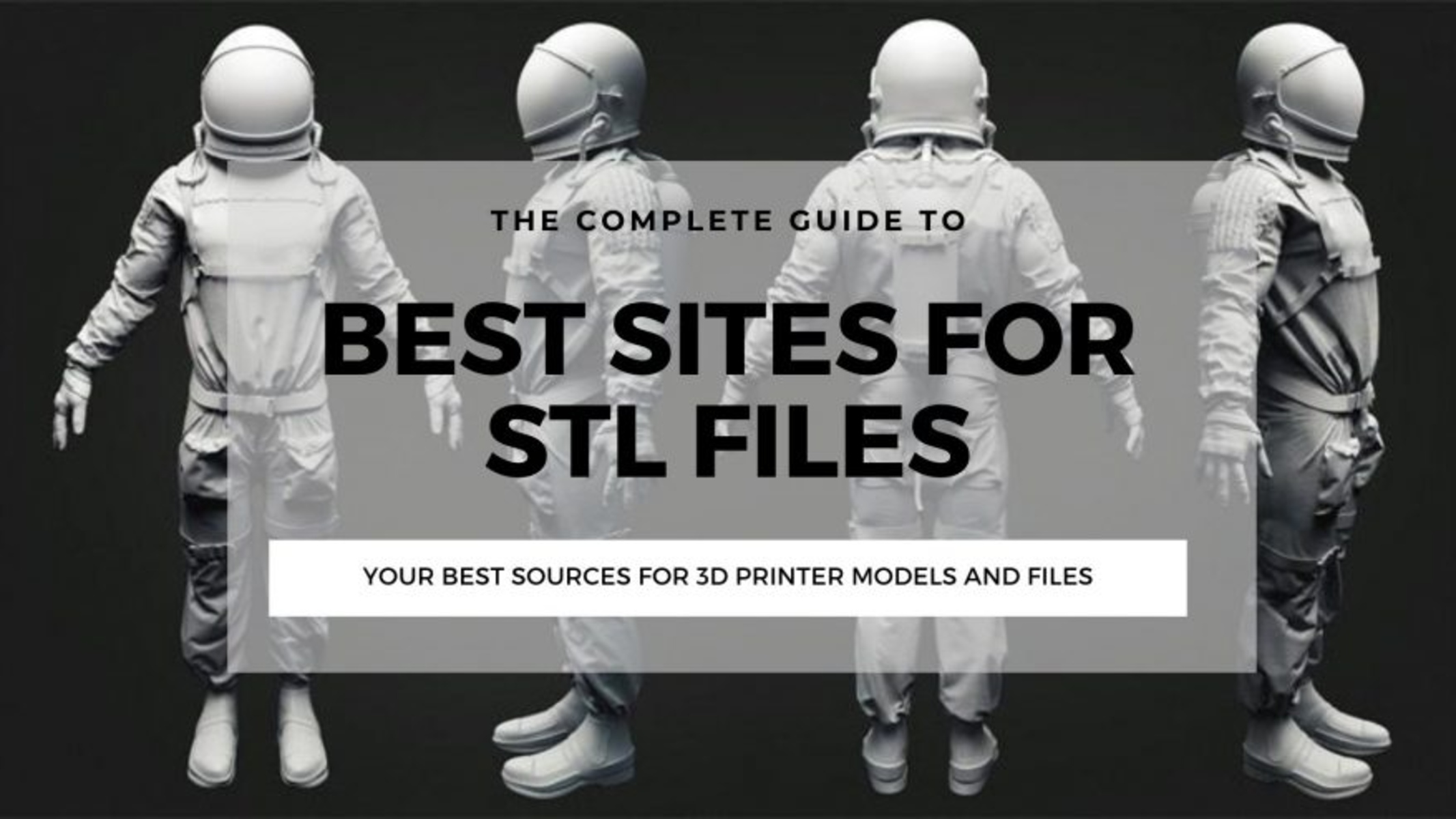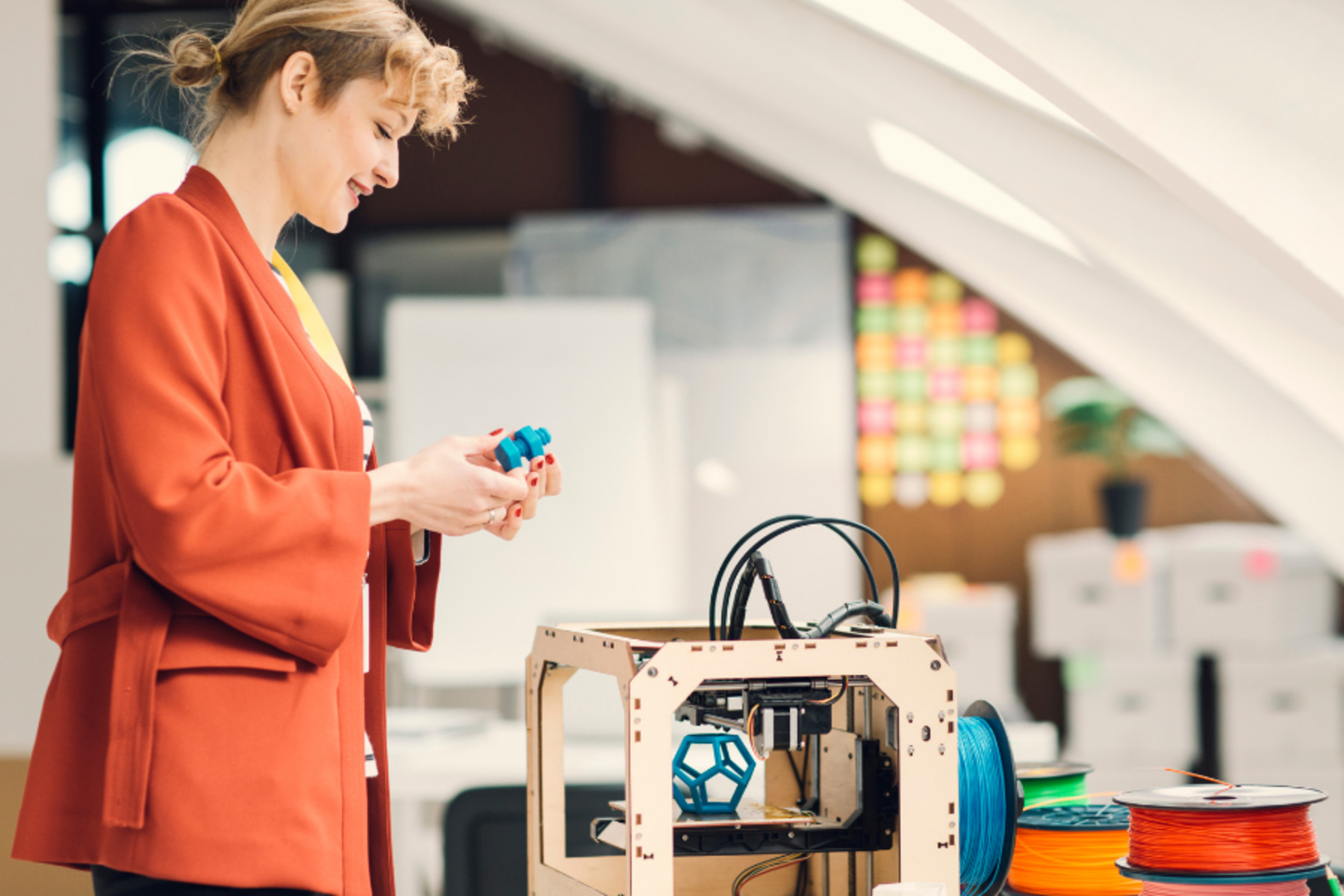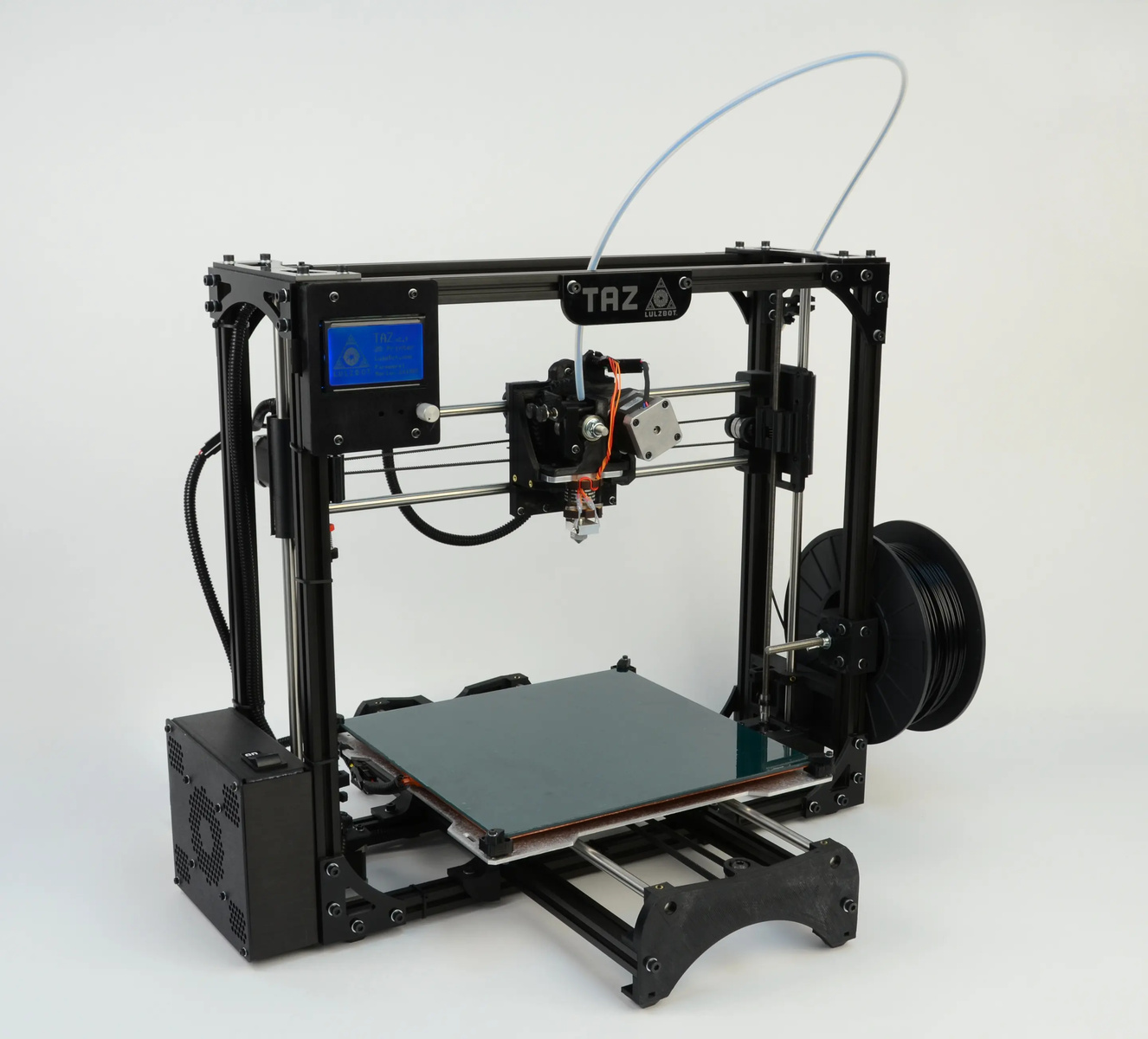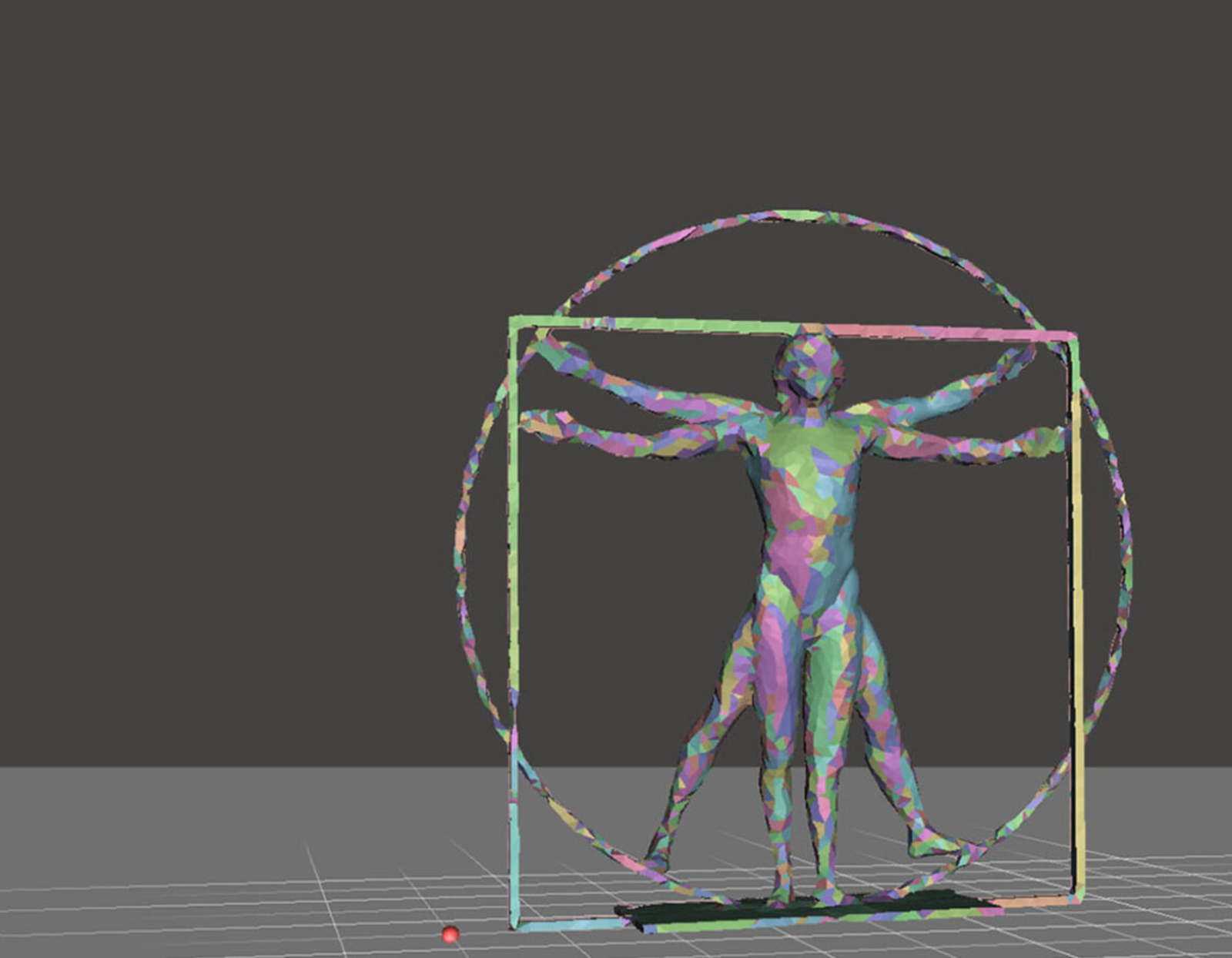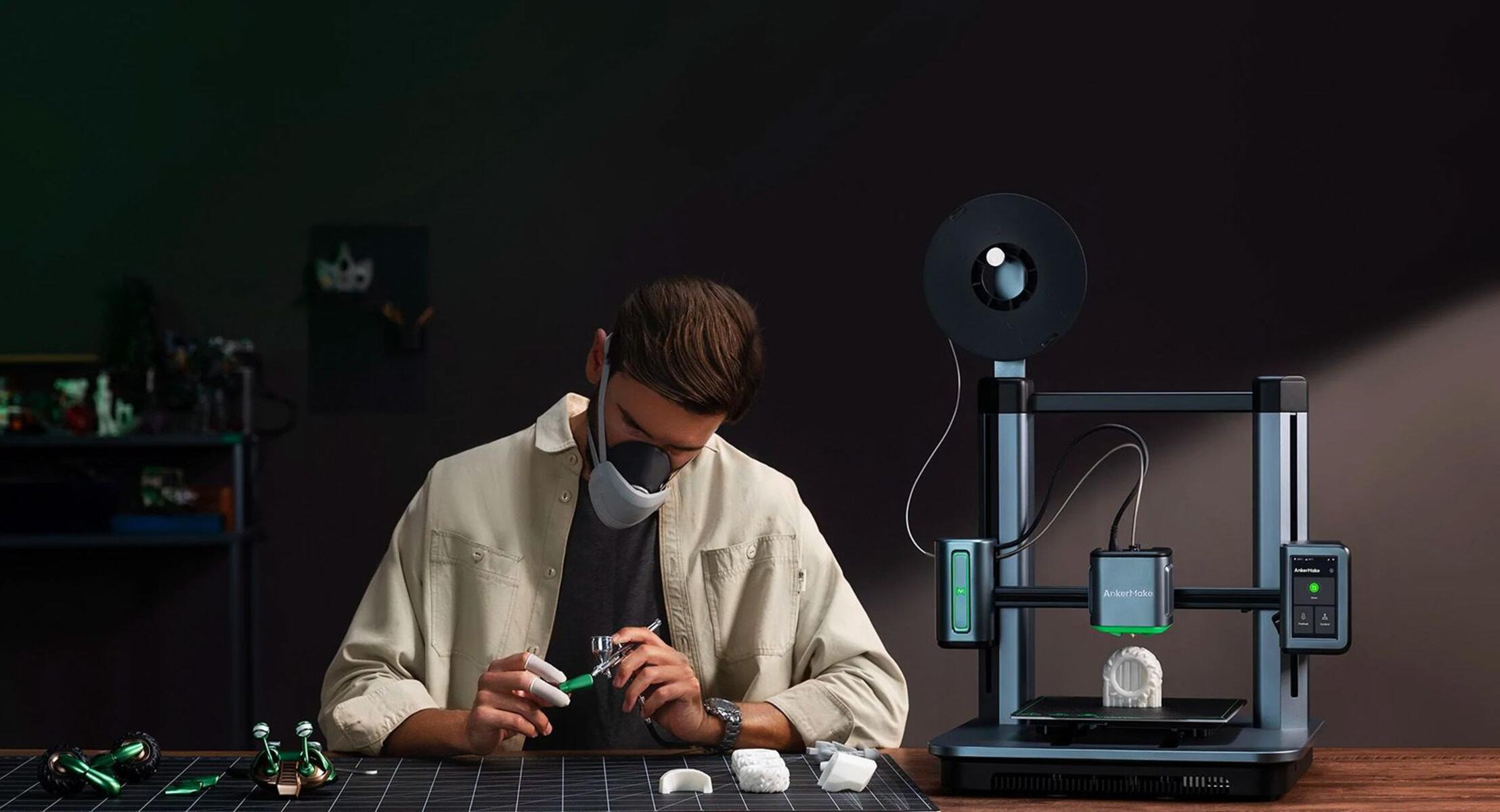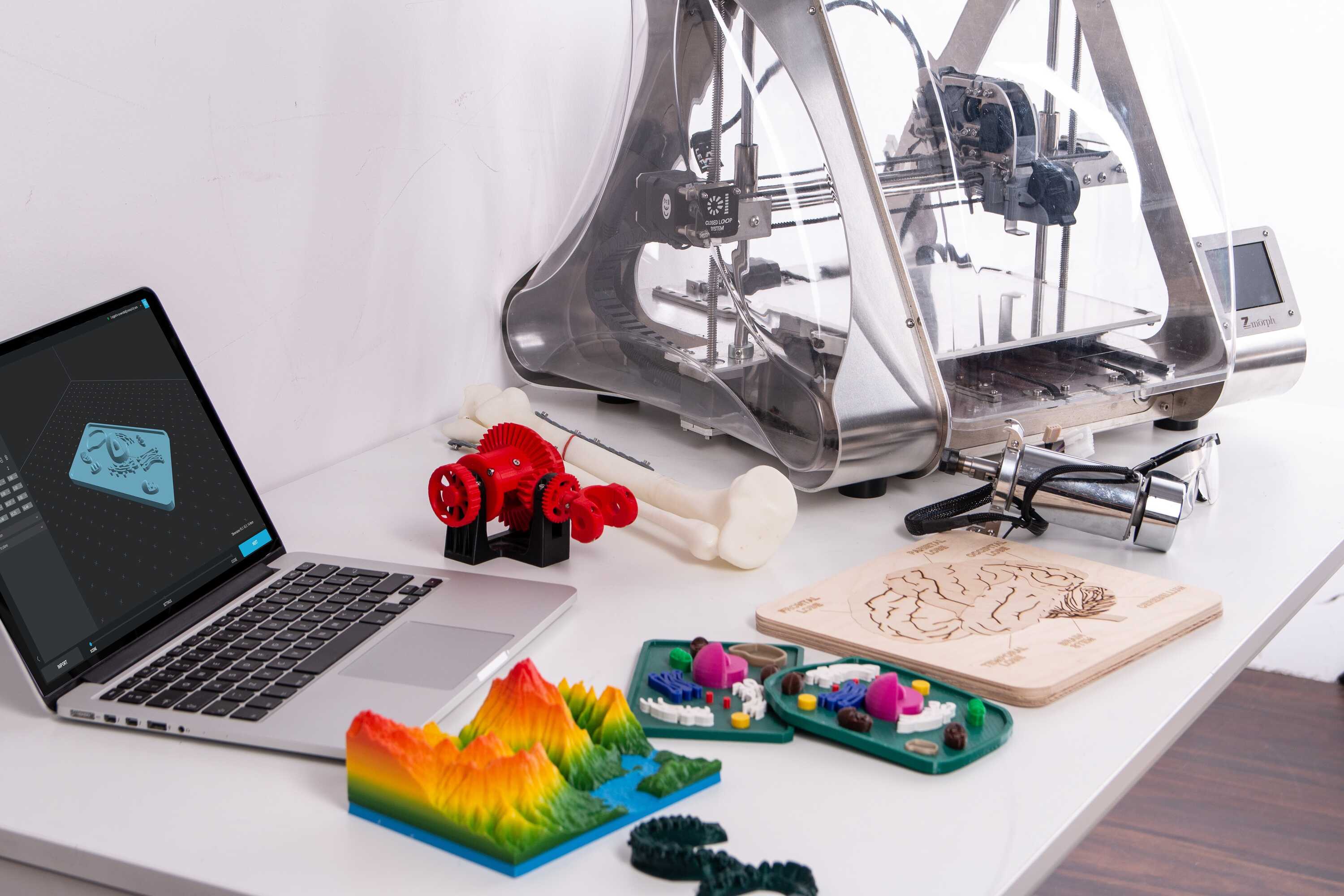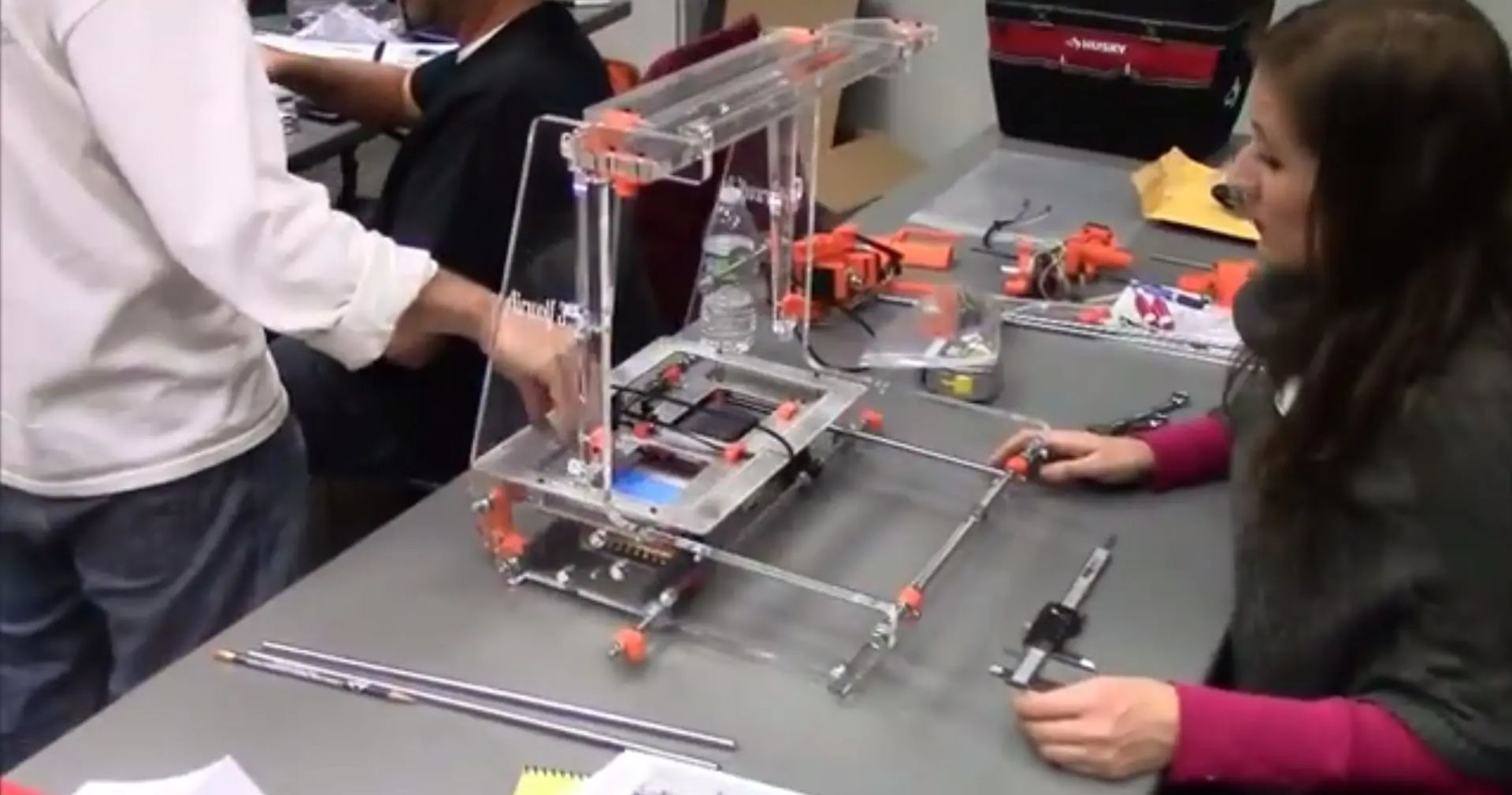Introduction
Welcome to the exciting world of 3D printing! If you’re new to the technology, you might be wondering how to get started and bring your designs to life. One of the most popular platforms for finding and downloading 3D printable files is Thingiverse, a community-driven website where creators share their designs for others to use. In this article, we’ll guide you through the process of getting your files off of Thingiverse and into your 3D printer.
Whether you’re looking to bring a unique piece of home decor to life or create functional prototypes, Thingiverse offers a vast library of 3D printable designs. From intricate sculptures to handy tools, the possibilities are nearly endless. However, navigating through Thingiverse and understanding the steps required to transfer the files to your 3D printer can be a challenge, especially for beginners.
Fortunately, with our step-by-step guide, you’ll be well-equipped to browse, download, and prepare files from Thingiverse for printing on your 3D printer. We’ll cover everything from creating an account on Thingiverse to adjusting print settings and starting the print job. So, let’s dive in and unlock the potential of your 3D printer!
Step 1: Creating an Account on Thingiverse
Before you can start exploring the vast collection of 3D printable files on Thingiverse, the first step is to create an account. Creating an account is completely free and allows you to interact with the Thingiverse community, upload your own designs, and save your favorite files for future reference.
To create an account, follow these simple steps:
- Visit the Thingiverse website at www.thingiverse.com.
- Click on the “Sign Up” button located in the top right corner of the homepage.
- Fill out the required information, including your username, email address, and password.
- Complete the reCAPTCHA verification to confirm that you are not a robot.
- Click on the “Create Account” button to finalize the process.
Once your account has been created, you will receive a confirmation email with a link to verify your email address. Click on the link to activate your account and gain full access to Thingiverse.
By creating an account on Thingiverse, you’ll be able to participate in discussions, follow your favorite designers, and contribute to the vibrant community of 3D printing enthusiasts. It’s also a great way to showcase your own creations and receive feedback from fellow makers.
Now that you have created your Thingiverse account, you’re ready to dive into the exciting world of 3D printing and begin exploring the multitude of designs available. In the next step, we’ll guide you on how to browse and download files from Thingiverse.
Step 2: Browsing and Downloading Files
Now that you have an account on Thingiverse, it’s time to start your search for the perfect 3D printable file. Thingiverse offers a user-friendly interface that allows you to easily browse through categories, collections, and popular designs. Here’s how you can find and download files from Thingiverse:
- Log in to your Thingiverse account.
- On the homepage, you can explore featured designs, trending files, and popular categories. Take some time to browse through these sections to get a sense of what’s available.
- If you have a specific design in mind, you can use the search bar located at the top of the page to enter keywords related to your desired object or topic. Click on the magnifying glass icon to initiate the search.
- Once you find a design that catches your eye, click on the thumbnail image to open the design’s page.
- On the design page, you’ll find detailed information about the file, such as the designer’s name, a description of the design, and the printing settings recommended by the creator.
- Scroll down to find additional images of the design, as well as any available remixes or derivatives of the file.
- To download the file, locate the “Download All Files” button on the right-hand side of the page. Click on the button to initiate the download.
- Depending on your browser settings, the file will either save automatically to your designated downloads folder or prompt you to choose a location to save the file.
It’s important to note that Thingiverse provides files in various formats, including STL, OBJ, and GCODE. The most commonly used file format for 3D printing is STL, which stands for Standard Triangle Language. Make sure to select the appropriate file format that is compatible with your 3D printer.
With these steps, you can easily navigate Thingiverse and download the files you need to bring your 3D printing projects to life. In the next step, we’ll discuss how to prepare the downloaded files for printing.
Step 3: Preparing the Files for Printing
Now that you have downloaded the 3D printable file from Thingiverse, it’s time to prepare it for printing on your 3D printer. This step involves ensuring the file is properly scaled, oriented, and optimized for your specific printer. Follow these guidelines to prepare your downloaded files:
- Open your preferred slicing software. Slicing software is used to convert the 3D model into a format that your 3D printer can understand.
- Import the downloaded file into the slicing software by either dragging and dropping the file or using the “Import” feature.
- Review the imported 3D model in the slicing software. Check for any issues such as missing parts, inverted faces, or intersecting geometry. If any issues are detected, use the repair tools provided by the software to fix them.
- Ensure that the scale of the model is appropriate for your desired printing size. You can adjust the size of the model within the slicing software by scaling it up or down as needed.
- Consider the orientation of the model. Orienting the model in the optimal position can reduce the need for support structures and improve the overall quality of the print. Experiment with different orientations to find the best configuration for your specific model.
- Configure the print settings in the slicing software. This includes selecting the desired layer height, print speed, infill density, and support structures (if necessary). Refer to the recommended settings provided by the designer on the Thingiverse page or adjust the settings based on your own preferences and printer’s capabilities.
- Once you have adjusted the settings, generate the GCODE file. This file contains the instructions for your 3D printer on how to move, extrude filament, and create the desired object.
- Save the generated GCODE file to an SD card or transfer it directly to your 3D printer if it supports USB connectivity.
By following these steps, you will ensure that the downloaded 3D model is optimized for printing on your specific 3D printer. It’s important to take the time to carefully prepare the files to achieve the best possible print quality.
Now that you have prepared the file for printing, it’s time to transfer it to your 3D printer. In the next step, we’ll guide you through the process of transferring the prepared files.
Step 4: Transferring Files to Your 3D Printer
Now that you have successfully prepared the 3D model file, it’s time to transfer it to your 3D printer for printing. The method of transferring files may vary depending on the type of printer you have, but here are some general guidelines to follow:
- If you have an SD card slot on your 3D printer, insert the SD card containing the generated GCODE file into the slot. Make sure the card is securely inserted.
- If your 3D printer supports USB connectivity, connect the printer to your computer using a USB cable.
- If necessary, power on your 3D printer and ensure that it is connected to a stable power source.
- Using the interface or controls on your 3D printer, navigate to the option for accessing files.
- Locate the transferred file on the SD card or through the connected computer. Select the file and choose the print option.
- Choose any additional settings on your 3D printer’s interface, such as temperature, fan speed, or print bed calibration, if required.
- Once all settings are adjusted, confirm the print job and wait for your 3D printer to start the printing process.
- Throughout the printing process, monitor the progress and ensure that the printer is functioning properly.
- After the print job is completed, carefully remove the printed object from the print bed using the appropriate tools.
- Inspect the printed object for any imperfections or issues. If necessary, make note of any adjustments that need to be made for future prints.
Transferring the prepared files to your 3D printer is an essential step in the 3D printing process. By following these steps, you will ensure a successful transfer and be ready to start your print job.
In the next step, we’ll discuss how to adjust print settings to achieve the desired results with your 3D printer.
Step 5: Adjusting Print Settings
Now that you have transferred the file to your 3D printer, it’s time to fine-tune the print settings to achieve the desired results. Different printers and materials may require specific adjustments to ensure optimal print quality. Follow these steps to adjust the print settings:
- Refer to the documentation or user manual of your 3D printer to understand the specific settings available on your printer.
- Start by adjusting the temperature settings. The appropriate temperatures depend on the type of filament you are using. Consult the filament manufacturer’s recommendations for the ideal temperature range.
- Next, consider the print speed. Higher print speeds can reduce print time but may compromise print quality. Slower speeds often result in better detail and surface finish. Experiment with different speeds to find the balance that works best for your specific model.
- Take a look at the layer height setting. This determines the thickness of each layer of the printed object. Smaller layer heights typically result in smoother and more detailed prints, but also increase print time. Consider the desired level of detail and the trade-off with print time before selecting the appropriate layer height.
- Adjust the infill density. Infill refers to the internal structure of the printed object. Higher infill percentages result in stronger objects, while lower percentages reduce print time and material usage. Consider the purpose of the printed object and its structural requirements when adjusting the infill density.
- Consider adding support structures if your model includes overhangs or complex geometries. Supports provide additional stability during printing but may require more time and effort to remove after printing. Balance the need for support structures with the final appearance of your printed object.
- Review and adjust any other available settings on your 3D printer’s interface, such as fan speed, print bed leveling, or filament retraction settings. Each of these settings can impact the final print quality.
- Once you have adjusted the settings to your satisfaction, initiate the print job and monitor the progress to ensure that the printer is functioning as expected.
Remember, adjusting the print settings may require some trial and error to achieve the desired results. Don’t be afraid to experiment and make adjustments as needed to optimize the print quality for your specific printer and filament combination.
In the next step, we’ll discuss how to start the print job and bring your 3D design to life.
Step 6: Starting the Print Job
After adjusting the print settings, it’s time to start the print job and watch your 3D design come to life. Follow these steps to initiate the printing process:
- Ensure that your 3D printer is properly connected and powered on.
- If you haven’t already done so, transfer the prepared file to your 3D printer following the instructions provided in Step 4.
- Double-check the bed adhesion method. Depending on your printer and print surface, you may need to apply adhesive such as glue stick, painter’s tape, or a specialized bed adhesive to ensure proper adhesion.
- If necessary, apply a thin layer of filament manually to prime the extruder. This helps to ensure that the filament is flowing smoothly through the nozzle before the actual print begins.
- Initiate the print job from the control interface of your 3D printer. Use the navigation buttons or touchscreen to locate the file and select it for printing.
- Monitor the initial stages of the print to ensure that the first layers are adhering properly to the print bed. This is crucial for a successful print.
- Throughout the print job, observe the progress and keep an eye out for any issues or irregularities. If you notice any problems, such as poor layer adhesion or filament clogs, pause the print and address the issue before resuming.
- Make sure to stay close to your 3D printer while it’s running. Although modern printers are generally safe to use, it’s always a good practice to be present in case any unexpected issues arise.
- Once the print job is completed, allow the printed object to cool before removing it from the print bed. Carefully detach the object using a spatula or similar tool. Be cautious not to damage the print or the print bed.
- Inspect the finished print for any post-processing requirements, such as removing support structures, sanding rough edges, or applying a protective coating if desired.
With these steps, you are now able to confidently start a print job on your 3D printer. Continue to experiment, learn, and refine your printing process to achieve stunning results with each new project.
Congratulations! You have successfully completed all the steps necessary to get your files off of Thingiverse and into your 3D printer. Happy printing!
Conclusion
Congratulations on mastering the process of getting your files off of Thingiverse and bringing them to life on your 3D printer! By following the steps outlined in this guide, you have learned how to create an account on Thingiverse, browse and download files, prepare the files for printing, transfer them to your 3D printer, adjust print settings, and start the print job. With each successful print, you’ll gain more confidence and expertise in the exciting world of 3D printing.
Remember to always double-check the print settings and make any necessary adjustments to ensure optimal print quality. Experiment with different orientations, infill densities, and layer heights to find the configurations that work best for your specific printer and requirements.
As you continue your 3D printing journey, don’t be afraid to unleash your creativity and explore new designs and ideas. Thingiverse offers an incredible variety of files to inspire your imagination, and with each new project, you’ll sharpen your skills and expand your knowledge.
Keep in mind that becoming proficient in 3D printing takes practice and patience. Don’t get discouraged by setbacks or failed prints, as they are all part of the learning process. Embrace the challenges, learn from them, and use them as opportunities to grow.
Now that you have the tools and knowledge to bring your 3D printing ideas to life, it’s time to unleash your creativity and start printing! Whether you’re creating functional prototypes, personalized gifts, or artistic creations, your 3D printer has the power to turn your imagination into reality. So, grab your files, get your printer ready, and let the magic begin!







